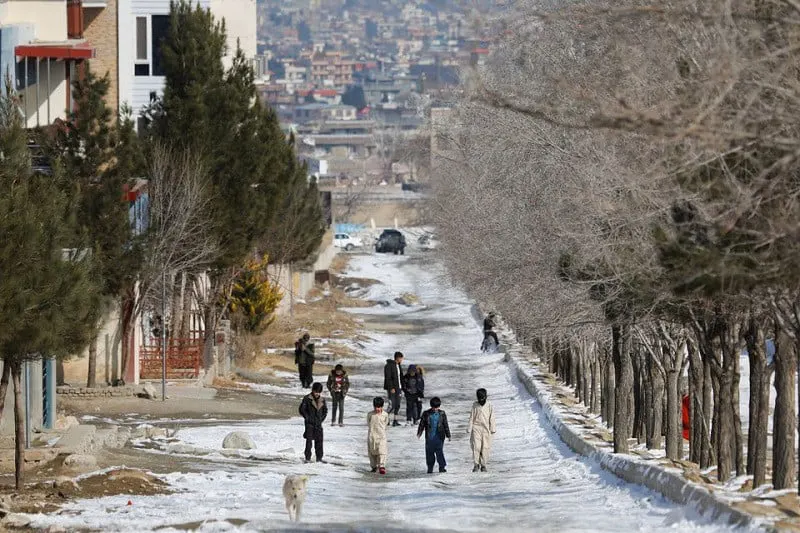A cold wave in Afghanistan has killed a “devastating” number of over 280,000 heads of livestock since Feb. 25, a UN agency said on Thursday. The Food and Agriculture Organization (FAO) said it examined satellite-derived climate data over the period to understand the impact of the cold weather in the war-torn nation.
The interim Taliban administration last month reported the deaths of 60 people due to freezing temperatures in more than three weeks until mid-March.
According to Janan Saiq, spokesman of the Natural Disaster Management Ministry, the victims lost their lives from cold weather due to heavy snowfall and rain.
As many as 34 others were also injured, while over 1,600 houses were destroyed during the same period, he said.
With a longer cold wave period this winter, the FAO said the country recorded the lowest temperature of minus 21C (minus 5.8F) on Feb. 25, with the northeastern Badakhshan province coldest place.
“The cold wave moved from one place to an-other … therefore, the number of impacted villages and the extent of the cold wave increased” in the Badakhshan, Bamyan, Daykundi, Ghor, Nuristan, Panjshir, Parwan and Samangan provinces, said the FAO.
Afghanistan has witnessed several floods, earthquakes, and droughts over the past few years, worsening the already poor state of the country’s infrastructure.
The FAO suggested targeted assistance to af-fected provinces as well as livestock protection measures amid the devastating impact of cold weather.—AFP










